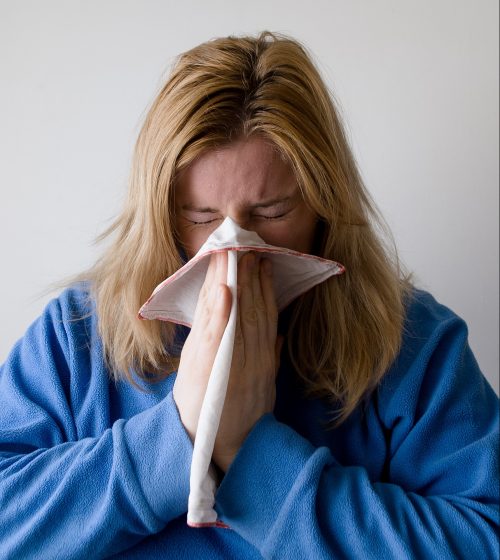
Everyone loves the end of the year for the cool evenings, holidays, and special time with family. Unfortunately, these months brings with them two seasonal torments: pneumonia and the flu. Today we’ll be tackling the former; where it comes from, what to expect, and how to knock it out as fast as possible.
Pneumonia is when the lungs fill with fluid, and in turn prevent oxygen from reaching the bloodstream. This is a medical condition that can result in complications ranging from lung abscesses to bacteremia and septic shock.
Many different types of pneumonia exist, though most cases are a result of a bacterial infection of the lung. Several other factors can cause pneumonia, such as viruses, fungi, and parasites. Pneumonia can also occur as a result of chemical or physical irritation to the lungs.
A relatively common sickness, pneumonia occurs pretty evenly among all age groups; though, like any other illness, it tends to be much more severe in the young, the old, and the weak. The most common symptoms of pneumonia are difficulty breathing, persistent cough, fever, and chest pains. Antibiotics are typically the go-to treatment for cases caused by infection.
Victims of pneumonia will often have a cough that produces green or yellow mucus. This is one of the leading symptoms, usually accompanied by a high fever, followed by shaking chills.
Pneumonia is usually diagnosed by a primary care physician through a series of observations, examinations, and tests. A physical examination may reveal low oxygen levels in the blood, low blood pressure, an increased respiratory rate, low body temperature, a fast heart rate, or a fever.
Important note: Confirming a pneumonia diagnosis can be difficult in some people, especially if the patient has one or more other illnesses at the time of examination. Make sure that your PCP is aware of all ongoing conditions at the time of your visit.

